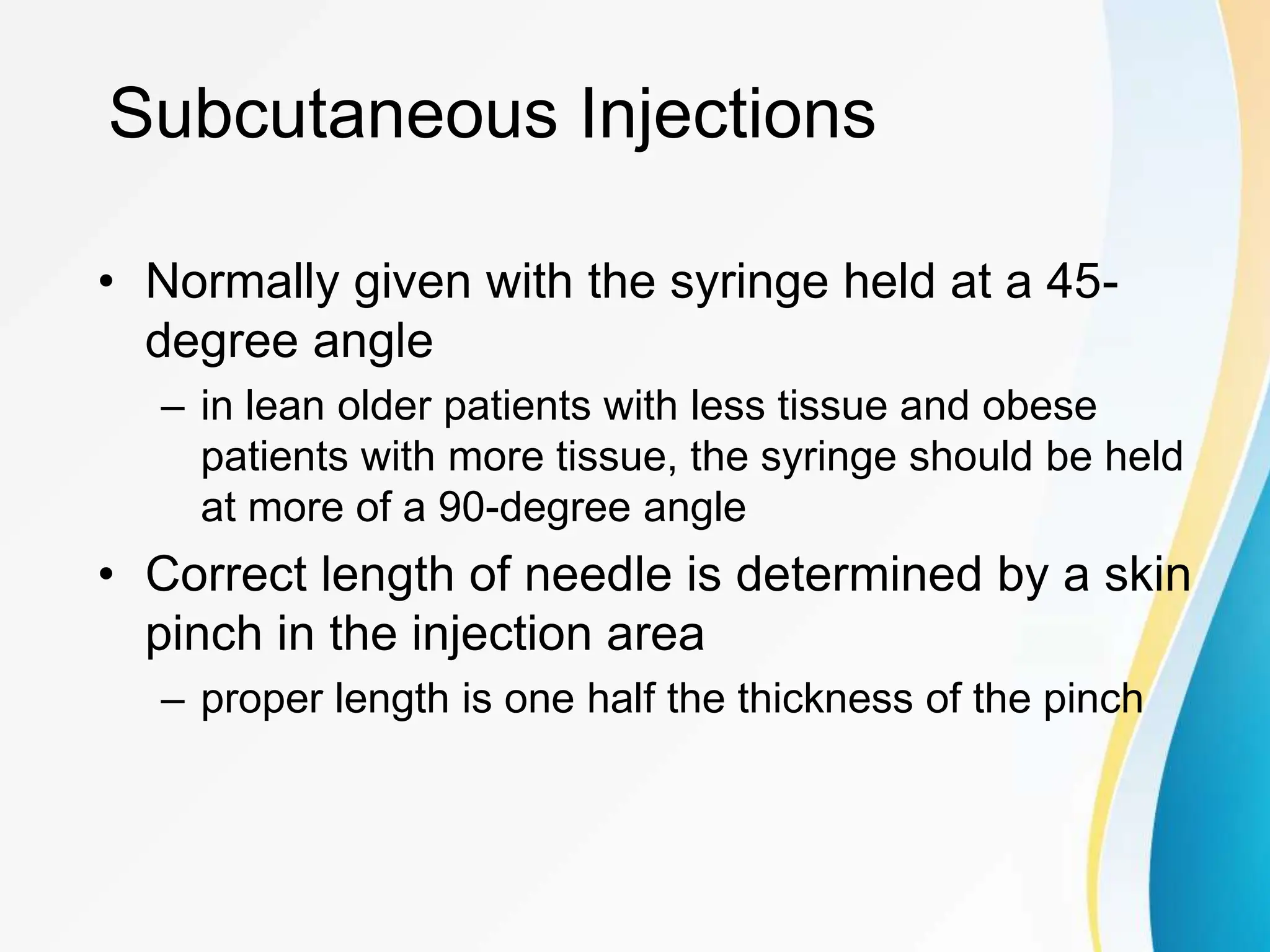This document is an extensive introduction to pharmacology, detailing the science of drug action, including its historical context, the chemical properties of drugs, pharmacokinetics, and pharmacodynamics. It emphasizes the importance of understanding drug mechanisms, therapeutic uses, potential toxicities, and factors influencing drug administration. Additionally, it covers essential drug calculation principles, routes of administration, and safety considerations surrounding drug prescriptions and patient care.









































































